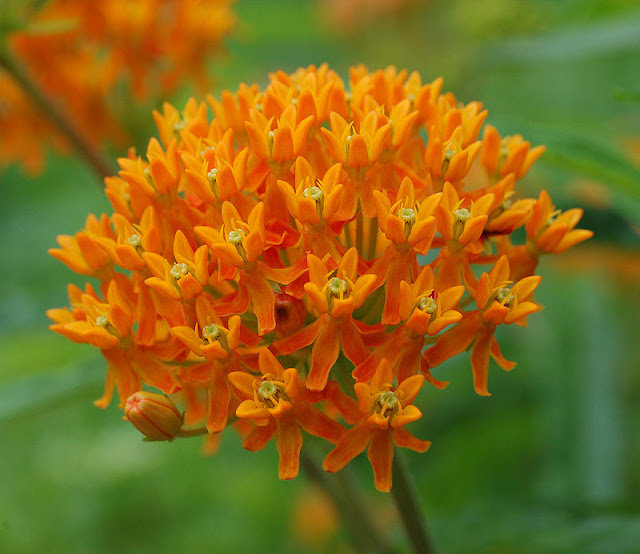Archaeology and the study of Native American Culture in Connecticut reveals a glimpse into our past that is sometimes overlooked. The Institute for Native American Studies is hosting the 13th annual Native American Archaeology Round Table Conference on October 27 from 8 a.m. to 5:15 p.m. at the Shepaug Valley High School in Washington Connecticut. This conference is open to the general public and will be of special interest to students, museum curators and people interested in Native American Culture and archaeology. Admission to this event is $10 at the door. To register, click
here or call 860-868-0518.
This conference will focus on decolonization as it relates to Native American culture in New England archaeology and museum studies. The exchange of ideas will focus on removing the biases of the dominant culture from historical interpretations in order to foster a greater understanding of past history and how it is evolving today.
The overall highlight of this conference is the benefit of multiple perspectives for interpreting local history and heritage in regard to decolonizing New England Archaeology and Museum Studies and to foster ideas in best practices. This conference has been organized by Dr. Lucianne Lavin and Paul Wegner from the Institute of American Indian Studies in Washington, Connecticut and will include a series of speakers on a variety of topics from the following organizations: Institute for American Indian Studies, Wesleyan University, Smithsonian National Museum of the American Indian, Tomaquag Museum, Pequot Museum, Western Chapter, Massachusetts Archaeological Society, University of Pennsylvania, Yale University, Connecticut Humanities, and Connecticut Explored. Topics range from decolonizing museums, re-indigenizing history, and decolonizing in settler colonial context to the discussion on what we are teaching our children, trauma, decolonization, psyche, and policy and reconsidering acts of ethnographic search and rescue initiatives, to name just a few of the fascinating topics that will be discussed.
Organizers of this annual conference strive to involve participants in all aspects of historical study and programming in order to create more accurate interpretations that utilize archaeology, oral tradition, and written documentation to correctly incorporate indigenous, captive, and emigrant lifeways and thought into the larger history of the Americas.














